In the lush rainforests and montane regions of the Neotropics, tiny iridescent creatures flit among the flowers, captivating the hearts of nature enthusiasts—the Coquette Hummingbirds (Lophornis spp.). With their vibrant colors, remarkable behavior, and diminutive size, these enchanting birds bring a touch of magic to the tropical landscapes. Join us as we delve into the fascinating world of Coquette Hummingbirds, exploring their appearance, behavior, and ecological significance in the Neotropical ecosystem.
Coquette Hummingbirds images
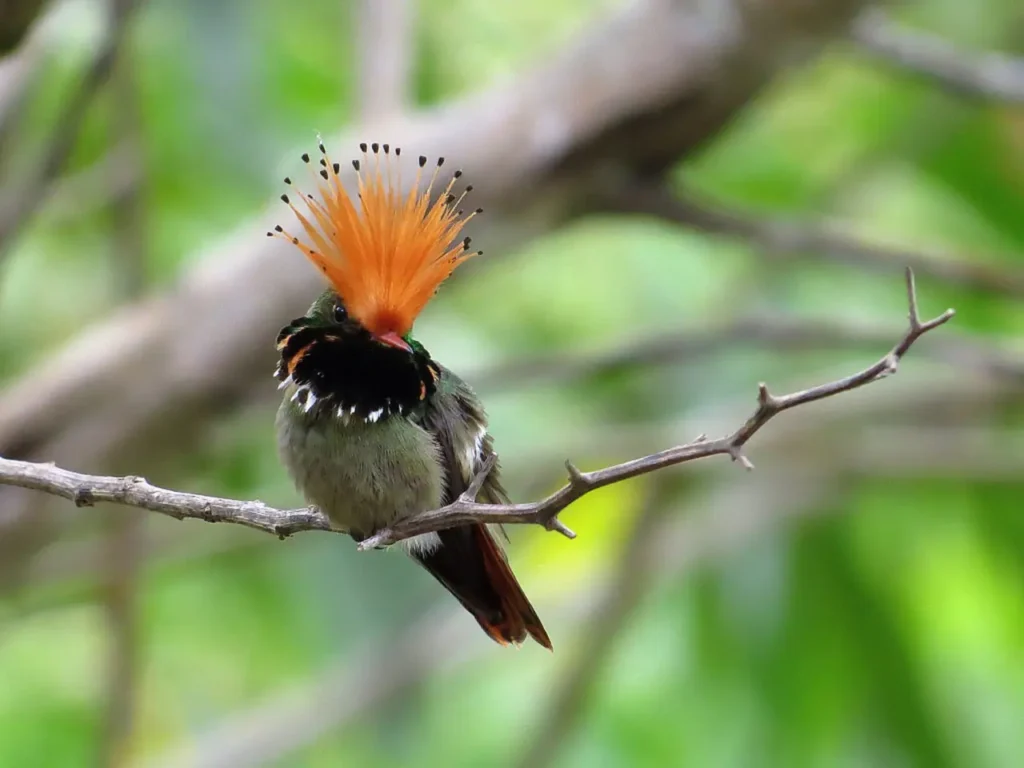

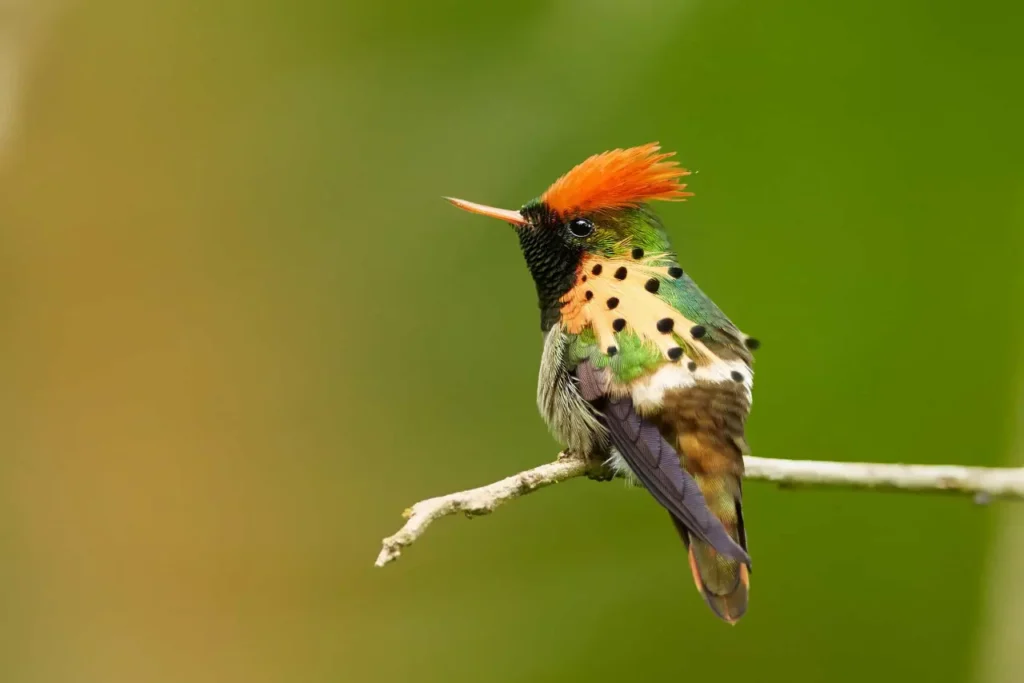

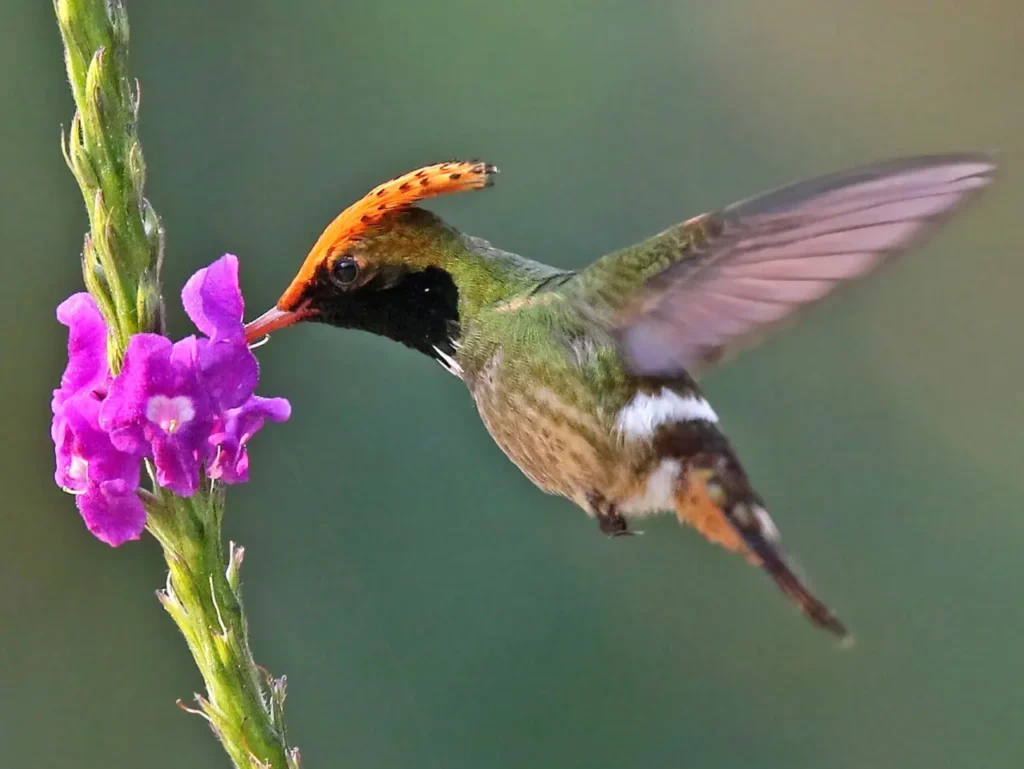
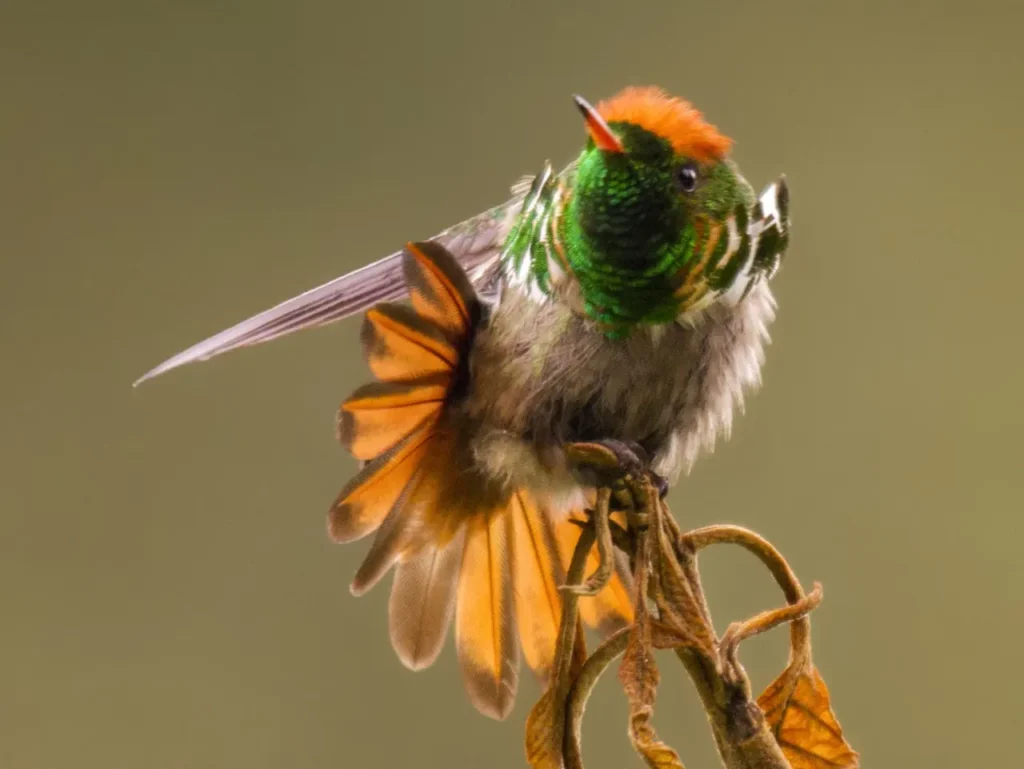
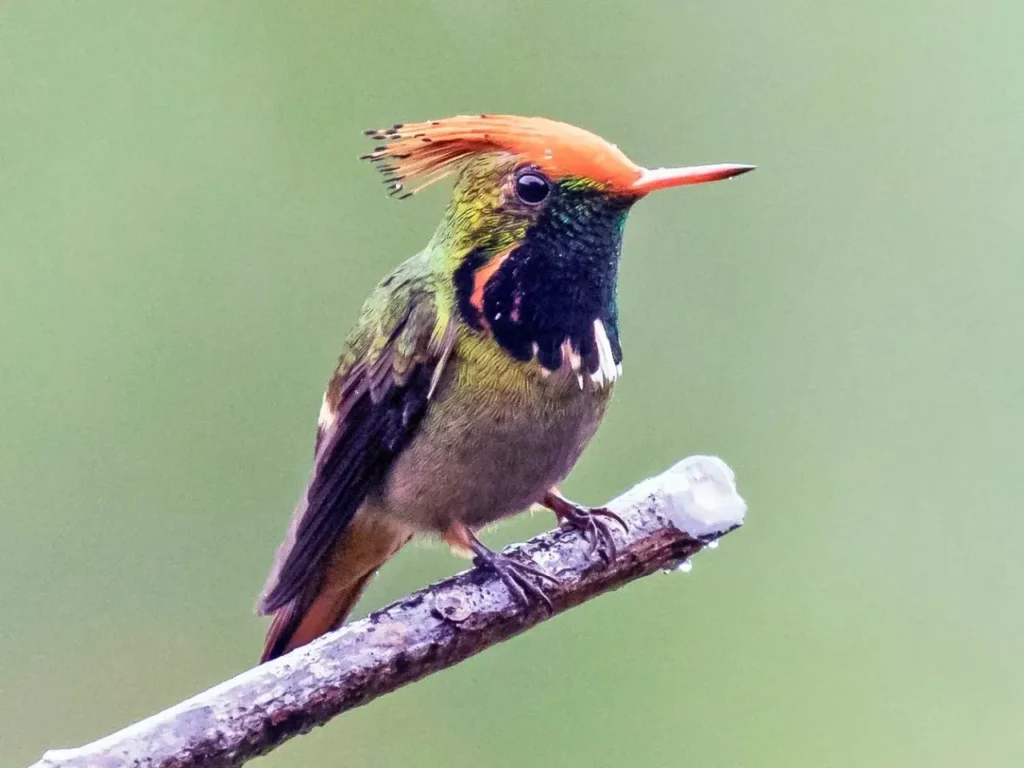
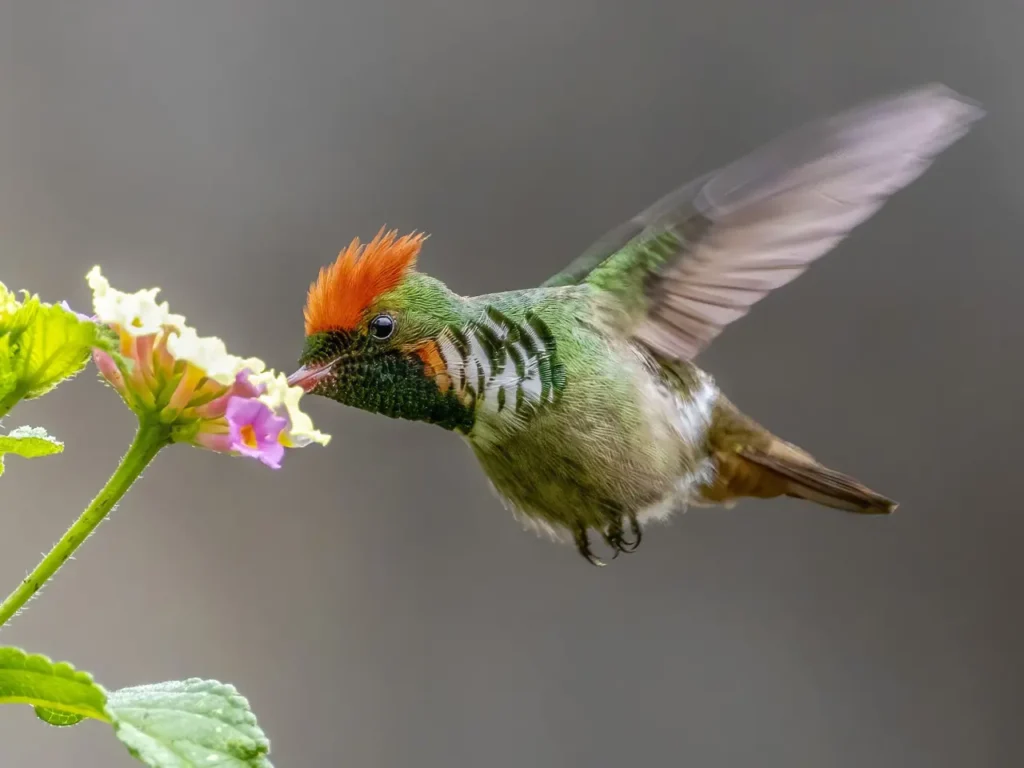

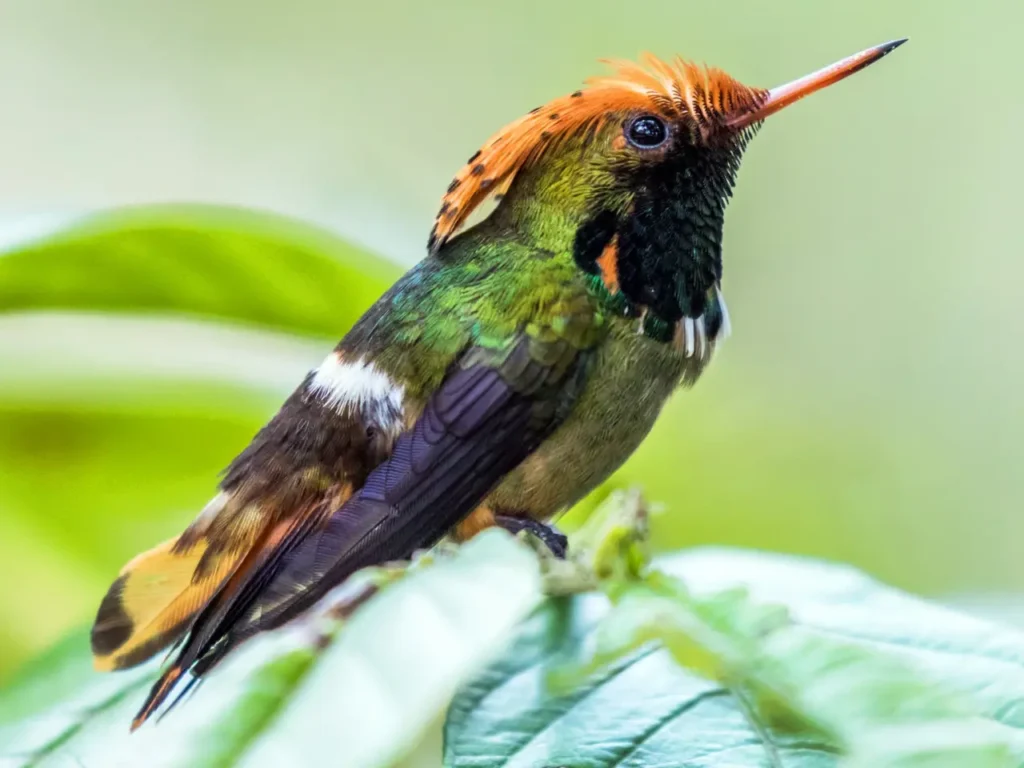
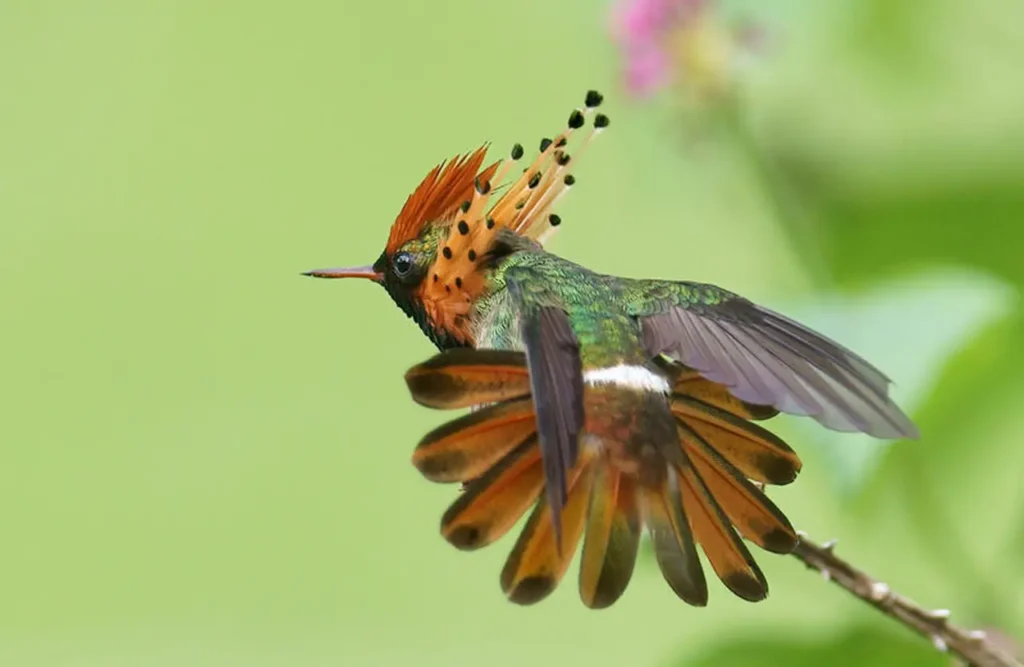
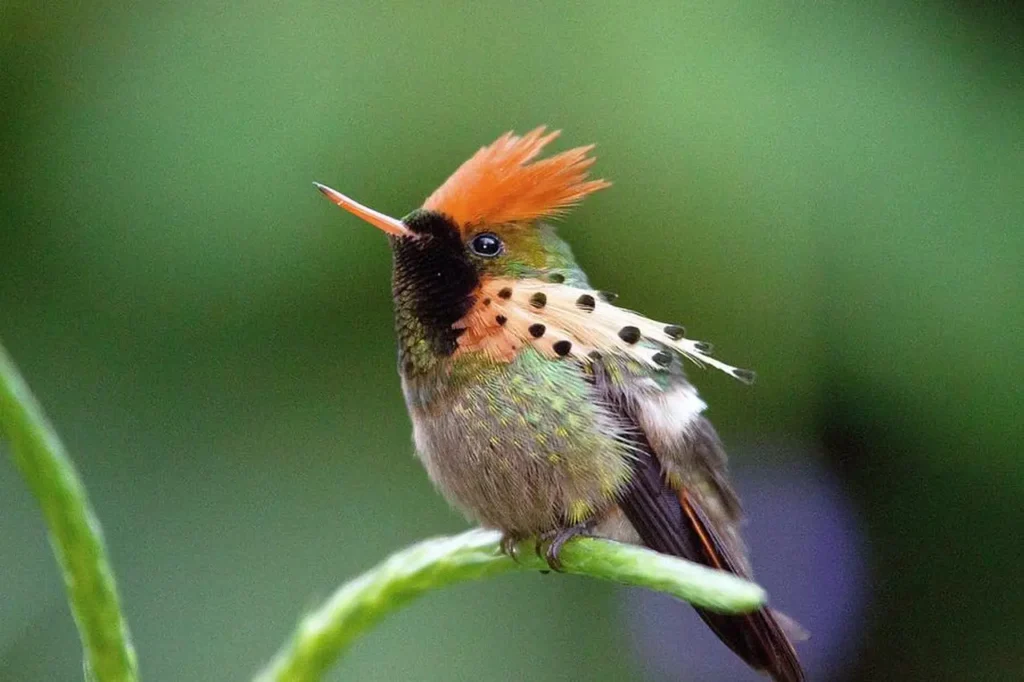
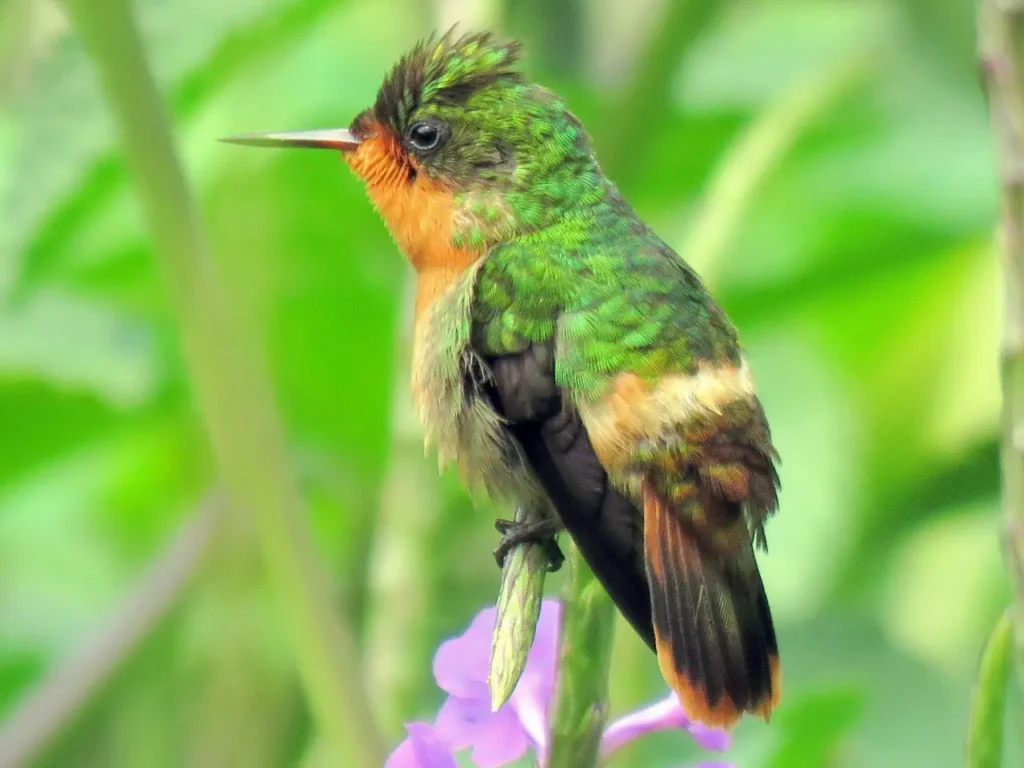
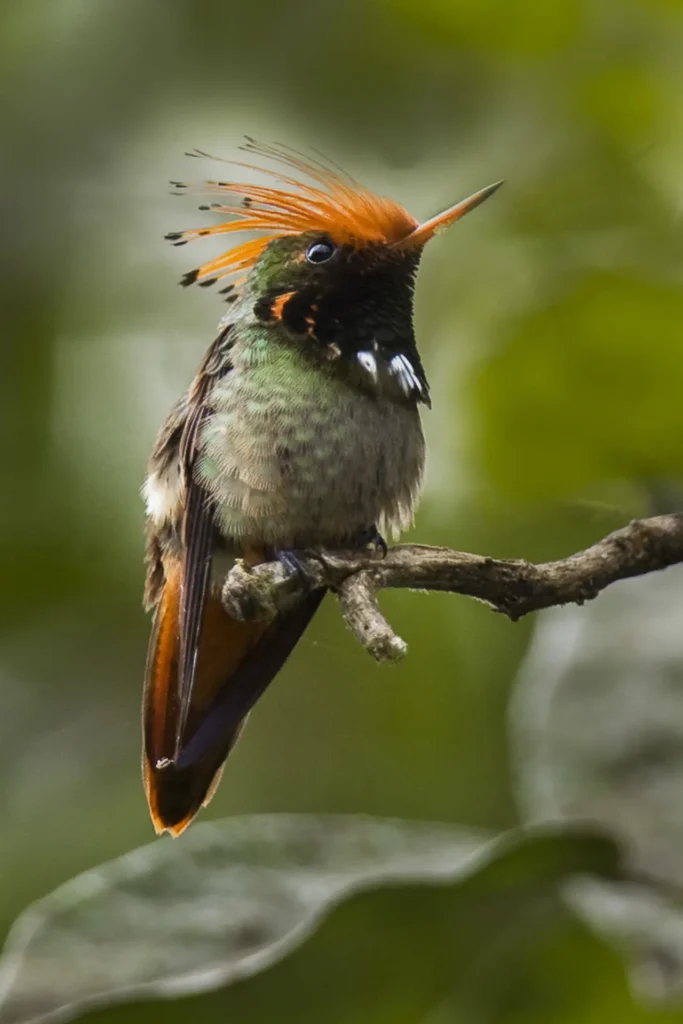
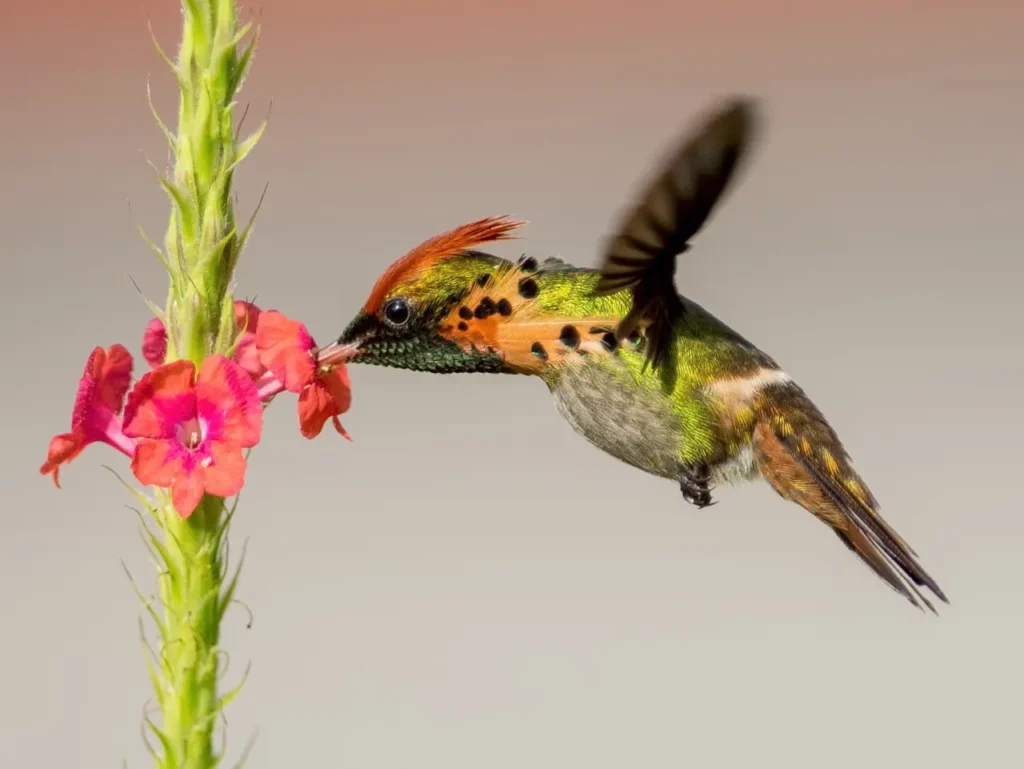
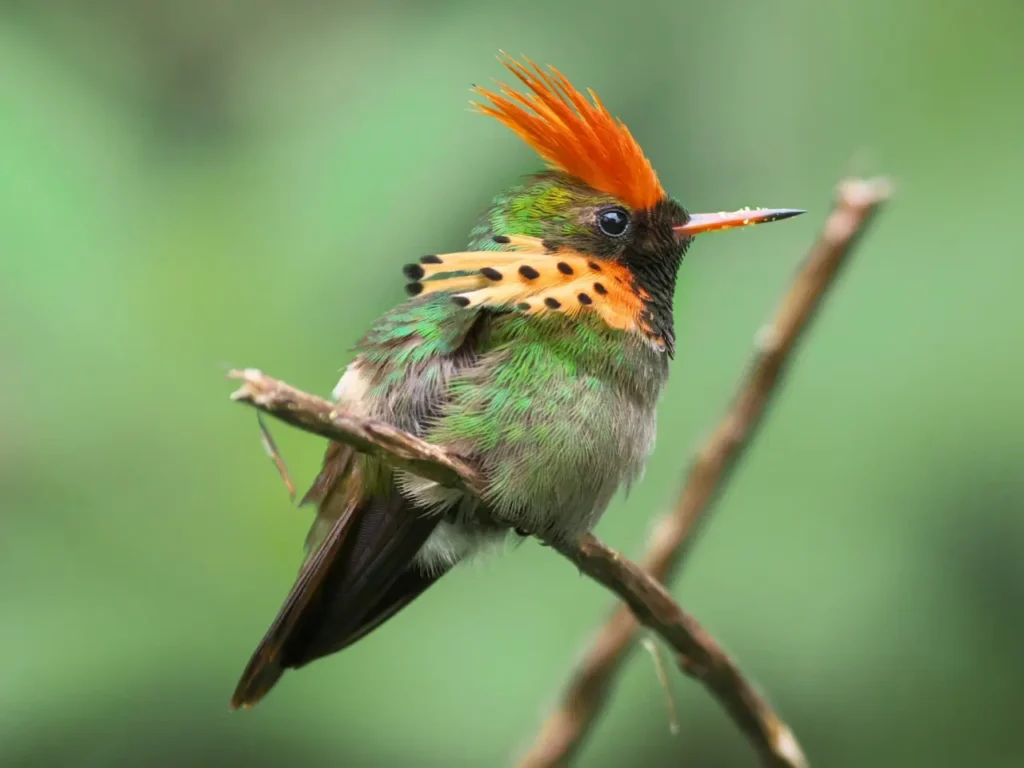
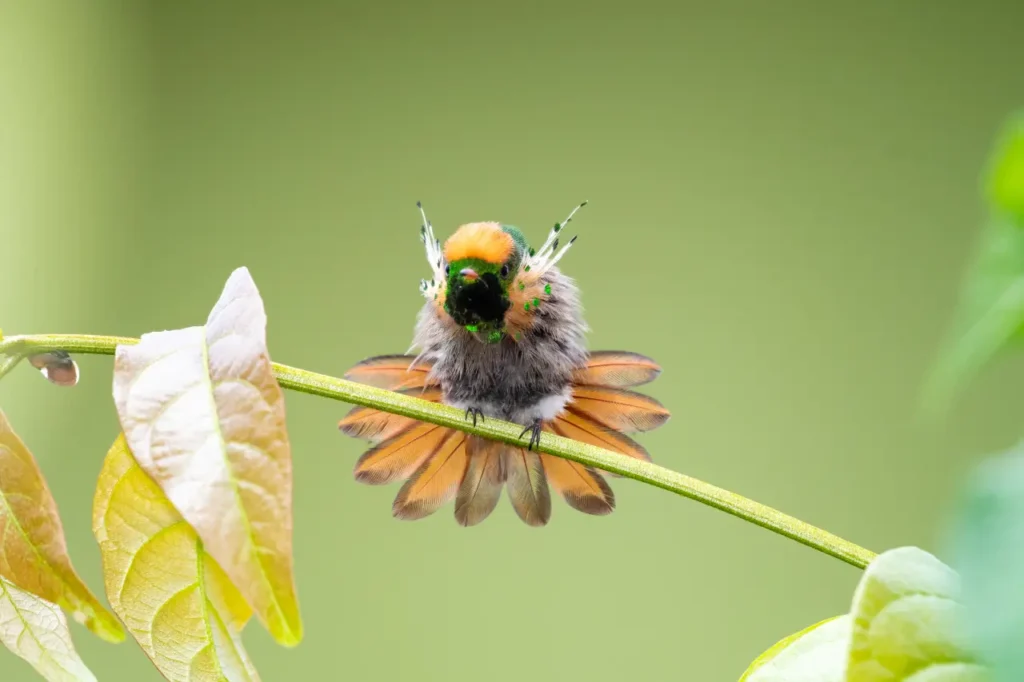
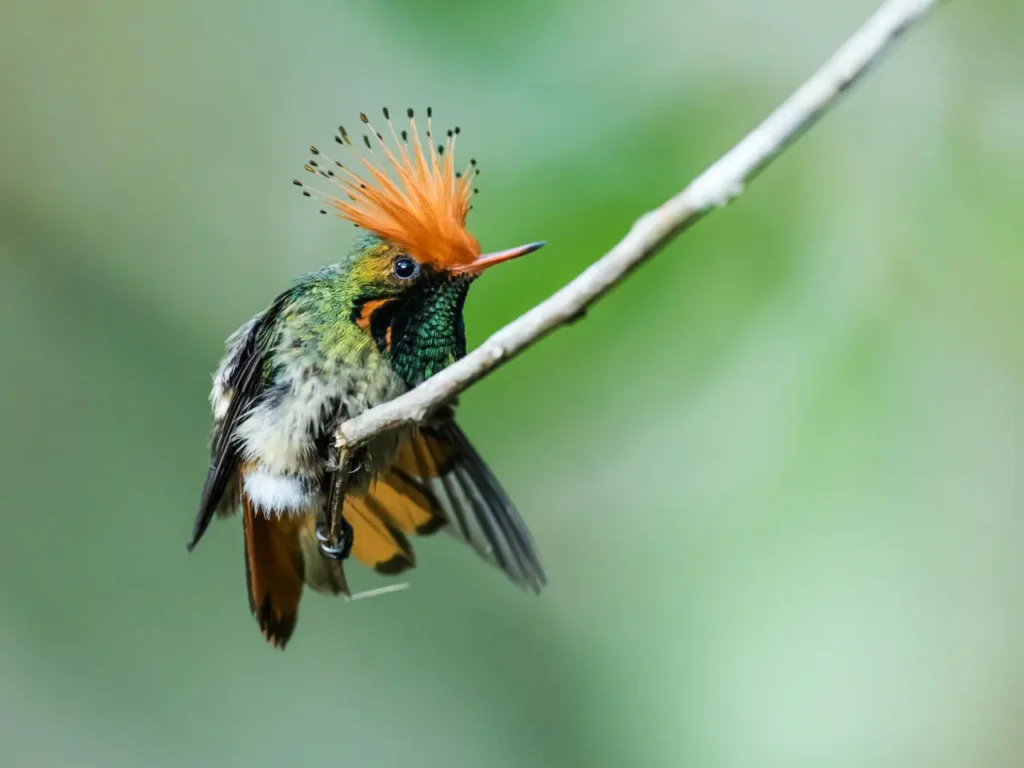

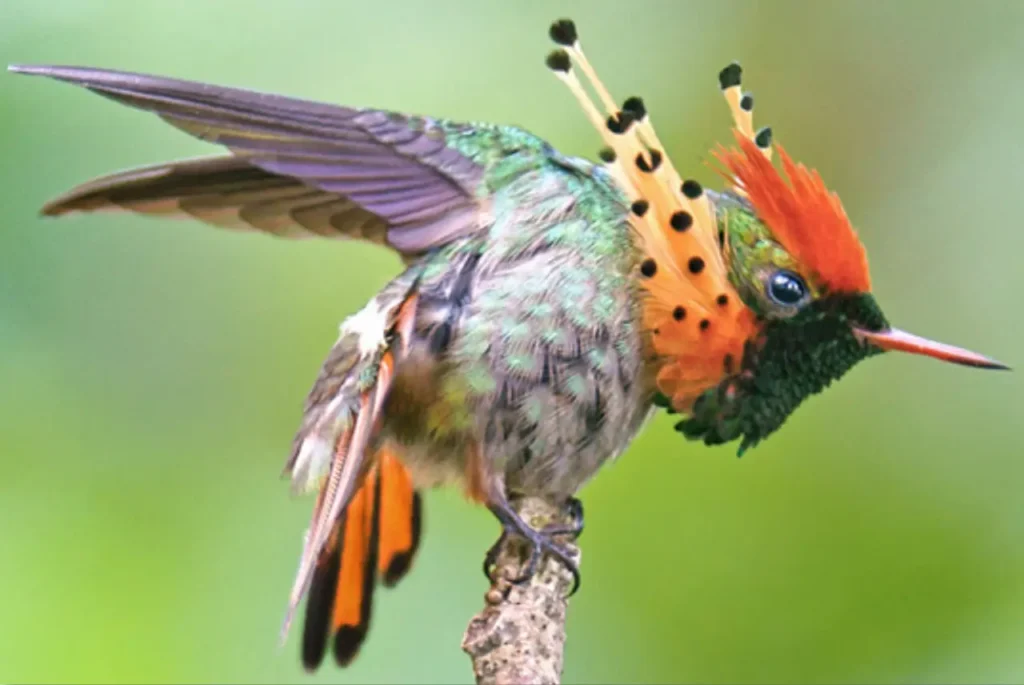
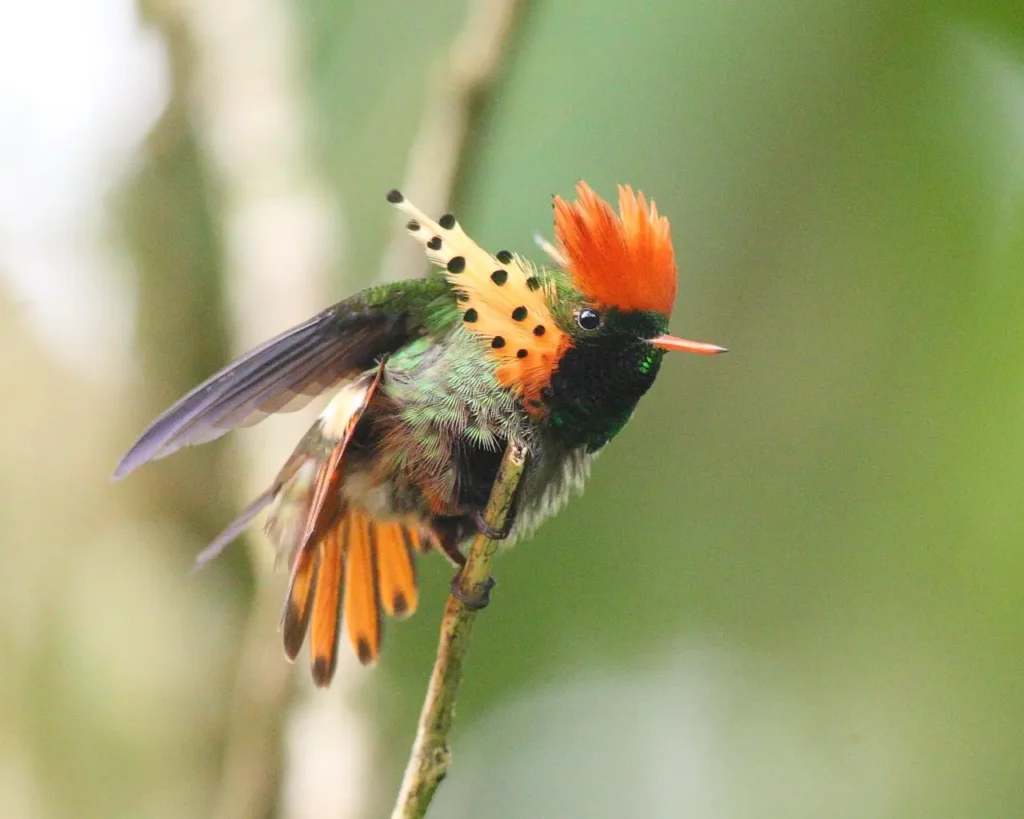

Appearance and Distribution
Coquette Hummingbirds are small-sized members of the Trochilidae family, known for their striking and often sexually dimorphic plumage. These hummingbirds exhibit a range of colors, including shades of green, blue, purple, and copper, which shimmer and change as light reflects off their feathers. Males often showcase more vibrant and iridescent colors than females, featuring elongated central tail feathers or striking crests.
Coquette Hummingbirds are predominantly found in the tropical regions of Central and South America, including countries such as Costa Rica, Panama, Colombia, Ecuador, and Brazil. They inhabit diverse habitats, from lowland rainforests to cloud forests and montane regions, where they seek nectar from a variety of flowering plants.
Behavior and Feeding Habits
Coquette Hummingbirds are known for their unique feeding behavior. Unlike some hummingbirds that hover in front of flowers, Coquettes tend to perch on the side or below the flower to feed. They use their long, slender bills to probe deep into the flowers, extracting nectar while also inadvertently pollinating the plant.
These birds are highly territorial, defending feeding territories with fierce determination. Males often engage in aerial displays, showcasing their vibrant colors and performing acrobatic flight maneuvers to attract females and deter rival males.
Ecological Significance
Coquette Hummingbirds play a vital ecological role as pollinators within their native habitats. As they feed on nectar from various flowers, they inadvertently transfer pollen from one flower to another, facilitating cross-pollination and contributing to the genetic diversity of plant populations. This symbiotic relationship between Coquettes and flowering plants ensures the continuation and evolution of diverse plant species in the Neotropical ecosystems.
Conservation and Threats
While specific species of Coquette Hummingbirds may face localized threats due to habitat loss, deforestation, and climate change, many populations remain relatively stable and are not currently listed as endangered. However, continued habitat preservation, sustainable land-use practices, and protected areas are essential to maintain their habitats and safeguard the delicate balance of the ecosystems they depend on.
Appreciating Nature’s Tiny Jewels
Coquette Hummingbirds, with their vibrant plumage and enchanting behavior, provide a glimpse into the wonders of the Neotropical world. Their presence in the tropical rainforests and montane regions reminds us of the delicate interconnectedness of nature’s tapestry.
By fostering an appreciation for these tiny jewels and supporting conservation efforts, we can ensure the preservation of their habitats and the continued existence of Coquette Hummingbirds for generations to come. Let us marvel at their beauty and play our part in safeguarding the biodiversity and ecological harmony of the Neotropics.
